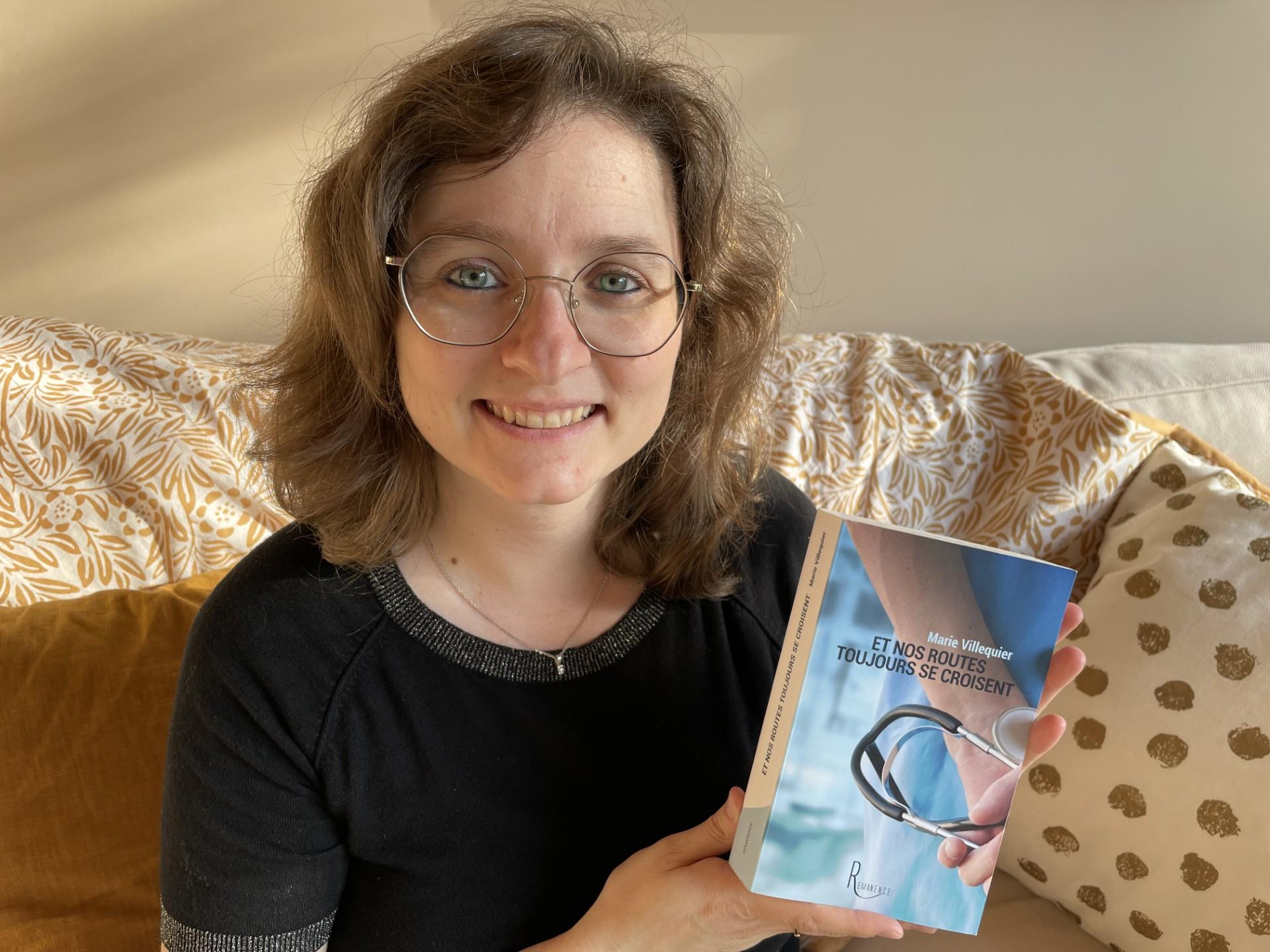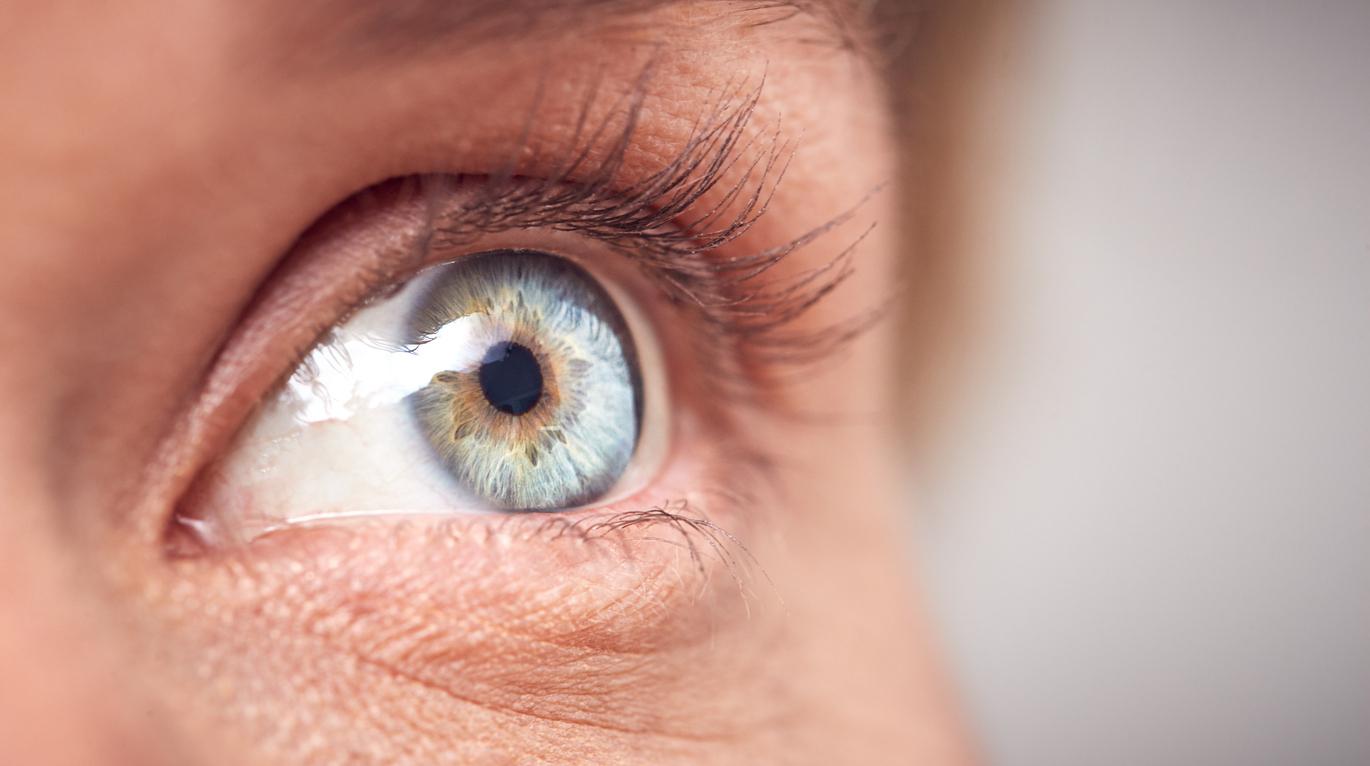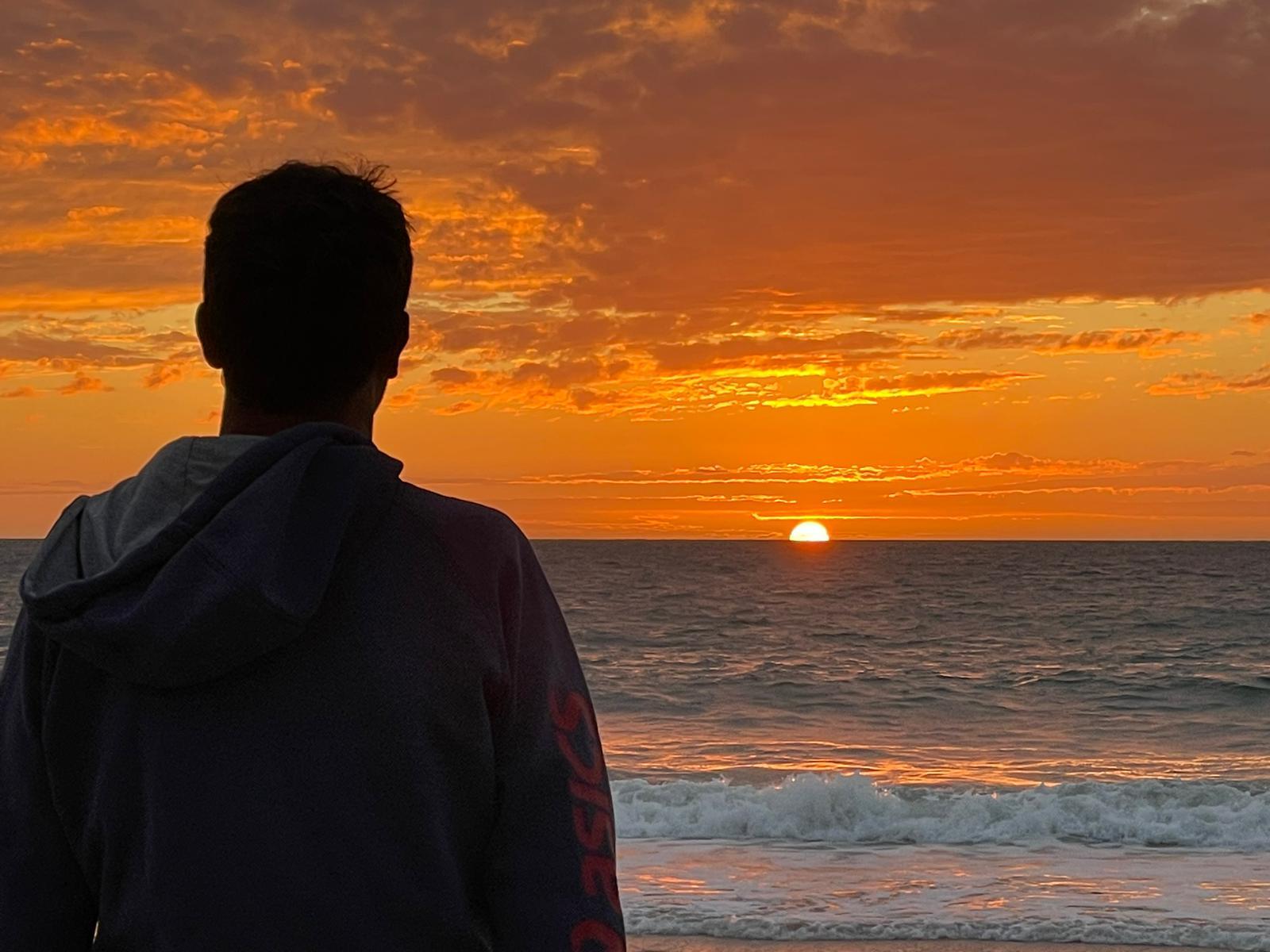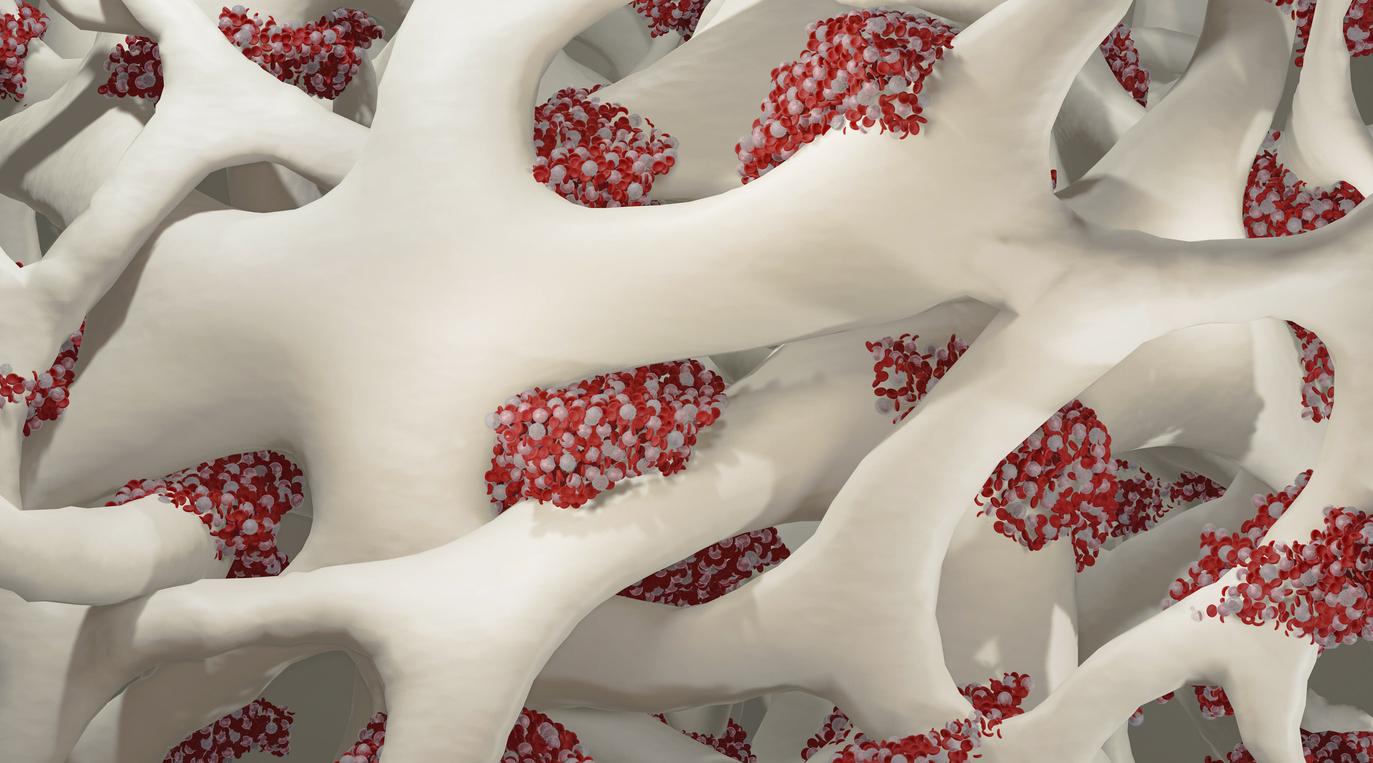Isabelle suffers from indolent systemic mastocytosis, a chronic disease for which there is no treatment that would allow her to be cured. Only medications that alleviate certain symptoms, but with serious side effects, help him face each new day.

- Isabelle suffers from indolent systemic mastocytosis, a chronic disease characterized by an abnormal proliferation of immune cells in different tissues and organs of the body.
- No medication can cure it, but she takes around twenty tablets per day to reduce her symptoms (joint, muscle and bone pain, flushing, fatigue, etc.).
- The sixty-year-old no longer works but is now part of the Assomast association created in 2019 to represent and defend the interests of patients suffering from mastocytosis and mast cell activation syndromes.
“From one day to the next things can be extremely different, and I never know how the day will turn out. But what is certain is that I will have at least four or five bowel movements and a dozen times urinating… Even at night I wake up to go to the toilet”, reveals Isabelle who suffers from indolent systemic mastocytosis. This pathology is characterized by an abnormal proliferation of mast cells (immune cells) in different tissues and organs of the body, including the bone marrow. A rare and aggressive form of the disease can also lead to chronic myelogenous leukemia, with a very poor prognosis for the patient.
“Sometimes I can’t move because I’m in so much pain”
This 62-year-old Picto-Charentaise woman must take ten medications every day in the morning and nine others in the evening to try to alleviate the many symptoms of her chronic illness. “I have stomach pain related to these treatments. Sometimes I feel like my stomach is on the edge of my mouth and I have to go to bed because I can’t help it.”
“On top of that I have joint, muscle and bone pain. Sometimes, when the mast cells are angry in my bones, I feel like someone is holding my thigh in a vice and tightening everything… I can’t move because I’m in so much pain!” Flushes can also appear at any time during the day, these are transient erythemas which can last at least 45 minutes, and up to four or five hours in Isabelle’s case.
“I feel completely drained behind, with blood pressure at 7 or 8. The worst part is that I can’t really explain why they appear. Sometimes it’s when something upsets me, but it’s not systematic.”
15 years between the appearance of the first symptoms and the diagnosis
The diagnosis of systemic mastocytosis is difficult to make because the symptoms can be very varied depending on the organs affected by the proliferation of mast cells. “This leads to terrible diagnostic delays for the patient because these people suffer in their daily lives without knowing why.”, explains the doctor who herself lived with the symptoms for around fifteen years without being able to put her problems into words.
Isabelle’s diagnosis was made in two stages. The first time was in the early 1980s, when she was in her fifth year of medical school. “I felt unwell when I was an extern at Poitiers hospital. A clinical manager then took care of me. She was a dermatologist by training and made the diagnosis of cutaneous mastocytosis. Little attention was paid to it then because in those years, there was not the knowledge that we have today about this disease.”
Once qualified, the young doctor set up in 1991 as a freelancer in Niort. “As the years went by, an incredible fatigue set in. Like any good doctor I said to myself ‘get moving, take Prozac, it will get better…’ But nothing improved! On the contrary, the more the years passed, the more the troubles worsened. In addition to this extreme fatigue, I had heat strokes. Then, I started to have abdominal pain with diarrhea, the very frequent need to urinate, but also very itchy skin with the development of buff spots on my thighs, arms and torso.” It was only at the end of 1997 that the thirty-year-old decided to take a blood test. “There, we discovered that I had very bad osteoporosis when I was very young, I was only 36 years old. We linked it to cutaneous mastocytosis and we said that it might be systemic.”
An osteomedullary biopsy to diagnose systemic mastocytosis
A year later, Isabelle was hospitalized at the Pitié Salpêtrière Hospital in order to carry out all the tests necessary for the diagnosis, including, among others, an osteomedullary biopsy which was very painful. “It seems that the external table is harder in patients so it is longer and it hurts more than in a non-mast cell patient.”, explains Isabelle who would like to see progress made in this area. This medical procedure consists of taking a bone fragment approximately 1 cm long from the posterior surface of the iliac bone (located in the pelvis), using a trocar. This provides information on the condition of the bone marrow, and in the case of systemic mastocytosis, it reveals an abnormally high presence of mast cells.
Despite the diagnosis, the young single mother decides to continue doing her job. “I’m quite strong-willed and a fighter and I didn’t want to admit defeat, so I drew on my reserves. I refused to let the disease hinder my life any more than it already did… But it wasn’t easy, particularly because of the numerous day hospitalizations which forced me to take time off work, not to mention the side effects of the treatments which sometimes left me bedridden for one or two days afterwards.”
A chronic illness “wearing both physically and psychologically”
But in February 2021, it was the hammer blow for Isabelle. “Because of all my work stoppages, Carmf [« sécu » des médecins, ndlr], told me that she was putting me on disability as of July 1st. There I really felt the hatred… it was very violent because it wasn’t me who chose but them. So I held on a little harder, until New Year’s Eve, when I had a major breakdown. I was then hospitalized for three days, they had to give me corticosteroids, and then I told myself that I had to stop because otherwise, I was going to lose my skin. Ultimately, I don’t regret leaving because I was at the end of my reserves. I feel better today, I have fewer attacks. Despite everything, without my 9 hours of sleep, I can’t finish the day!”
The former doctor wanted to join the association “Assomast”, which attempts to shine a spotlight on this little-known disease. “As a patient, I think that we can contribute things through our life and our experience”, she explains. “The hardest part is the chronic side of the illness, it’s really terrible because there isn’t a day when you can wake up and tell yourself that everything is fine. We’re fine in the present moment, but maybe in two hours we’ll be at the end of our lives.”
Another part of this illness is particularly difficult to live with for the sixty-year-old. “It is said that people who have mastocytosis have a tendency to depression and especially problems with concentration and memory. And it’s true that there are days when I feel like I have a draining board in my head… I have lots of thoughts, but I can’t organize them. And I realize that things are not getting better at all, on the contrary… This illness is tiring both physically and psychologically.”















